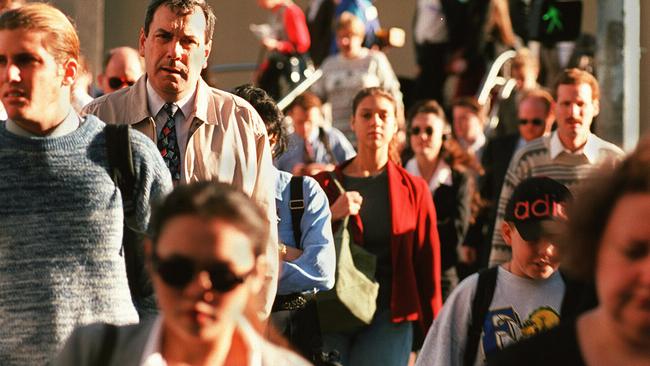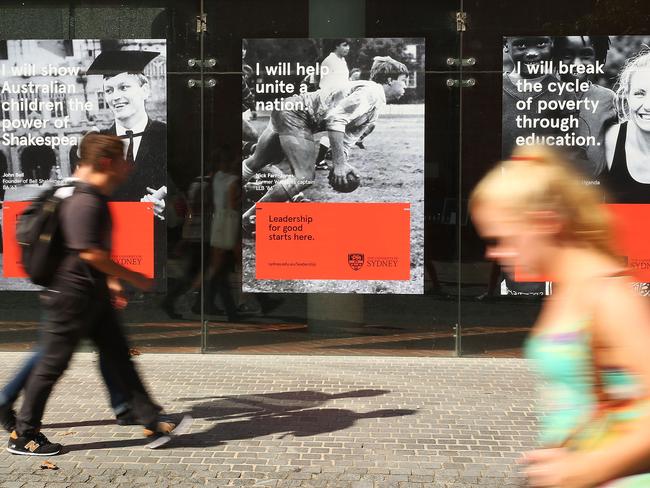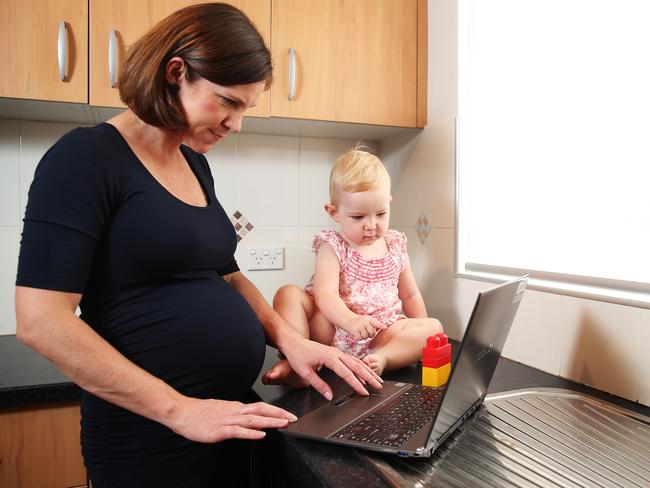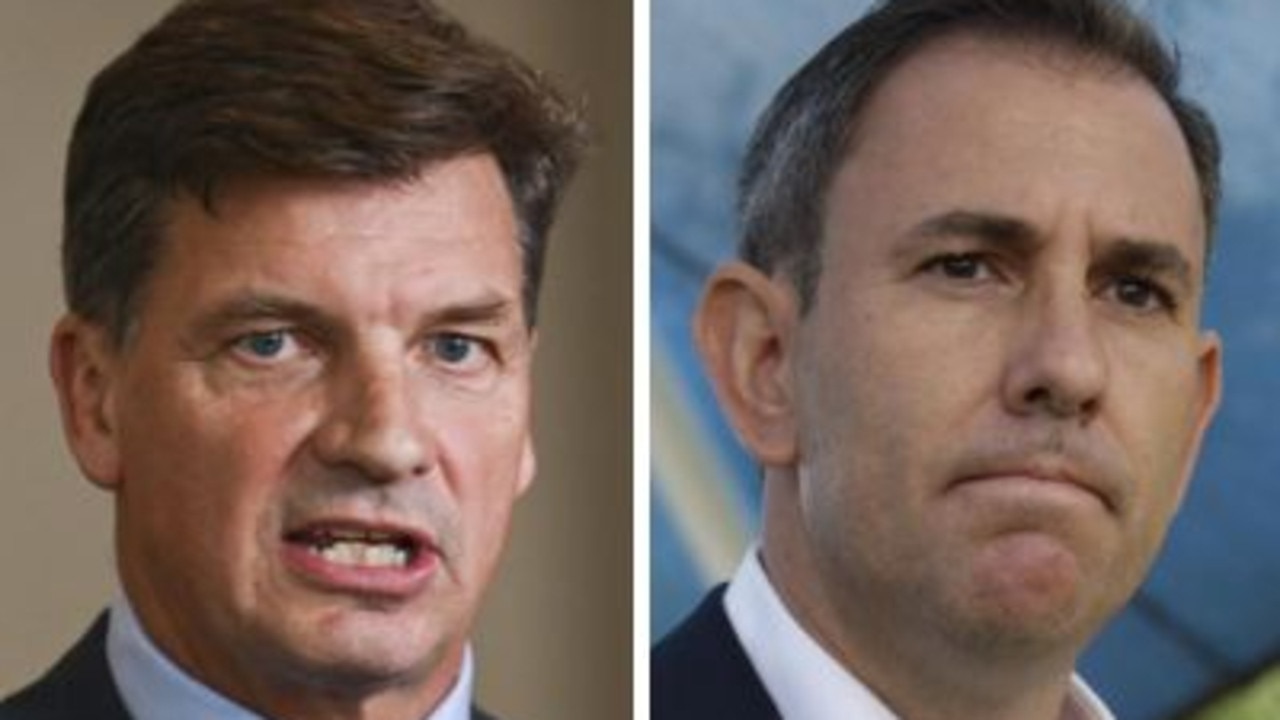Housing prices was one of the issues Budget 2016 ignored
IF YOU scoured the Budget looking for these issues, you can stop looking. The government left them in the too-hard basket.

Fed Budget
Don't miss out on the headlines from Fed Budget. Followed categories will be added to My News.
- Will I get help to buy my first home?
- Higher university fees on the horizon
- More affordable child care remains in limbo
IF YOU scoured the Budget coverage looking for the relief on high house prices, you can stop looking.
Along with child care and university fees, housing affordability is one of the issues the government has left in the too-hard basket.
If you are confused about what the government is doing in these areas, here’s what we know.
AM I EVER GOING TO GET HELP TO BUY MY FIRST HOME?
Aspiring homeowners have been crying out for measures to address high house prices, especially in cities like Sydney and Melbourne but it looks like their concerns have fallen on deaf ears.
Expectations were already low with the Turnbull Government ruling out changes to negative gearing and the capital gains tax discount ahead of the Budget release.
But surely there would something for first home buyers, something to make things a bit more affordable? Well, no.
The Budget does not include any measures that will ease prices, in fact, it has been argued that its superannuation crackdown could drive prices up further as wealthy retirees look for other ways to invest their funds.
Combined with the drop in interest rates to a record low, this could keep prices stable at the very least.
Confirming negative gearing would not be removed or limited, and capital gains tax would not be changed, Mr Morrison made out he was doing average taxpayers a favour.
“Those earning less than $80,000 a year in taxable income make up two thirds of those who use negative gearing,” he said in his speech.
“We do not consider that taxing these Australians more on their investments, including increasing their capital gains tax, and undermining the value of their own home and investment is a plan for jobs and growth.”
Mr Morrison said removing or limiting negative gearing, which is contributing to record house prices and pricing first homebuyers out of the market, would “increase the tax burden on Australians just trying to invest and provide a future for their families”.
For those who have not yet invested, too bad.
STUDENTS FACE HIGHER UNIVERSITY FEES
Students will still face higher fees as universities remain under pressure to cut costs.
The government has walked away from the controversial proposal to deregulate university fees but it still wants to consult on other reform options to find savings. A 20 per cent funding cut to universities remains on the table, but has been delayed until 2018.
The government hopes to explore other options for university reform by releasing an options paper for the sector to consider.
It wants to explore the idea of allowing universities to set fees for a “small cohort” of students studying so-called flagship courses.

For example, that could involve deregulating fees for 20 per cent of courses from universities that want to specialise in a particular area such as law.
Other options include lowering the $54,126 threshold at which people have to repay their loans once they’re in work, or raising the rate of repayment from the maximum eight per cent.
Students may also face paying more for their fees upfront, with the government considering whether to flip the taxpayer contribution more heavily onto students.
Taxpayers now contribute 58 per cent towards study fees while students make up 42 per cent.
MORE AFFORDABLE CHILD CARE REMAINS IN LIMBO
Parents hoping for a bit more help with their child care fees were left disappointed with the government’s policy remaining unchanged.
Although it announced a new more generous child care subsidy in its previous Budget that would have increased rebates for parents, this continues to be linked with cuts to the Family Tax Benefit.
These cuts have been unable to get through the Senate, and the government will not back down from this position as the FTB cuts were expected to save $8.5 billion over five years.
While some measures have been passed, including getting rid of the Large Family Supplement and restricting FTB-B to couples with a child younger than 13 years old, the bulk of the package remains stuck.
Some of the changes it has not been able to get through include limiting FTB-B to families with children under six years old and introducing a new allowance for single parents.
Meanwhile, parents hoping for child care relief have been left hanging.

The $40 billion child care package would have seen the cap on child care subsidies removed for average income earners, and increased to $10,000 for families earning more than $180,000.
At the moment parents can only claim up to $7500 in subsidies, and this will continue to be the case until July 1, 2018 as the government has now pushed back the start of the subsidy to this date. However, it’s unlikely parents will ever get the higher subsidies unless the cuts to the parenting payments are passed first.
But there is good news for parents facing difficulty getting their kids into mainstream childcare centres.
The government has extended the timeline for its nanny pilot program, and raised the hourly fee cap from $7 to $10.
— With AAP
Originally published as Housing prices was one of the issues Budget 2016 ignored


